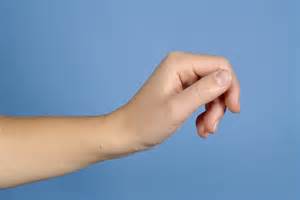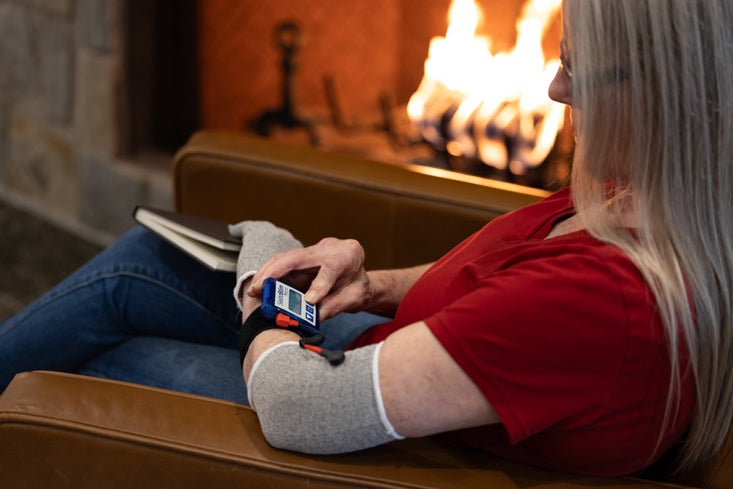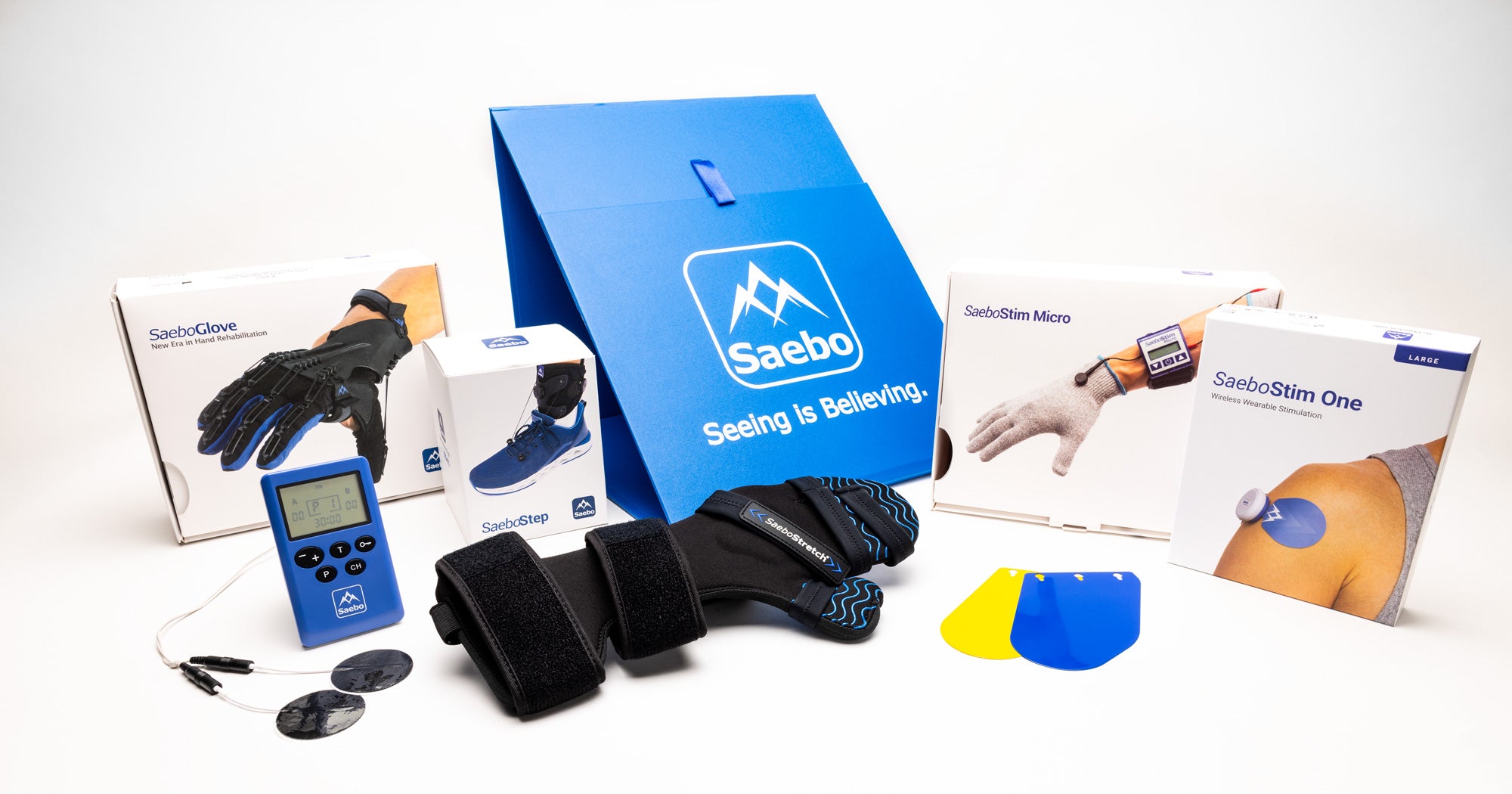
Neurorehabilitation; What Are Some of the Things We Know?
There is alot we still don’t know about what constitutes “best practice” when it comes to neurorehabilitation and how to affect optimal recovery and outcomes, but there are some things that we do have a better understanding of. Let’s take stroke recovery and rehabilitation as an example, specifically upper extremity (UE) recovery, since it is reported that at least 50% of individuals who suffer a stroke have UE involvement and impairments (though the numbers vary depending on which study you are reading).
Following a stroke, we do know that muscle weakness and imbalance, abnormal tone/spasticity, impaired sensation, and pain are primary UE impairments (though pain is more secondary than primary). We also know that muscle imbalance and abnormal tone can lead to soft tissue shortening and joint contractures which results in loss of range of motion. We know that all of these contribute to an inability to effectively and functionally use the UE which results in learned non-use, further muscle weakness and atrophy, further joint stiffness and contracture, and possible pain. Ultimately, we know that UE impairments result in the inability to complete everyday activities and that many stroke survivors are not able to live life at their prior level.
Research also tells us that weakness, not abnormal tone, is the main barrier in being able to use the UE functionally. We know that if muscles are weak, they need strengthening. We know that if muscles aren’t used, they atrophy and become weaker; and we know if muscles aren’t contracting, joint and soft tissue shortening and tightness can develop. Therefore, muscle strengthening should be a primary neurorehabilitation intervention and we know that to strengthen a muscle, it involves contracting a muscle.
What if someone can’t voluntarily contract a muscle or elicit a strong contraction though? Electrical stimulation (Estim) is commonly used. Many studies have investigated the use of Estim for not only muscle strengthening, but also for managing abnormal tone as well as pain. Typically, contracting and strengthening the weaker muscles (ie the extensors) is often part of the rehabilitation treatment plan. Eliciting contraction of the weaker muscles has also been thought to result in relaxation of the more “active” muscles through a process called reciprocal inhibition. Research has supported the use of Estim in stroke for muscle strengthening, pain management, and to a lesser extent, contracture management, however, Estim use for managing abnormal tone/spasticity has been less conclusive.
We know that joint contractures and soft tissue shortening limiting range of motion is a barrier to functional use of the arm and hand. Static and dynamic splints are commonly used in an attempt to manage or minimize soft tissue shortening and contractures by providing a stretch to muscles and other soft tissues. Though the use of orthotics is still an area of much discussion for managing tone, it is known that soft tissue changes and tightness do occur when a muscle is in a shortened position and the use of orthotics to provide a stretch to at risk muscles, such as the wrist and finger flexors, remains a common practice in neurorehabilitation.
What is most important is that we know that repetitive practice of activities using the arm and hand is needed to promote improved UE function and that isolated strengthening alone after stroke does not result in an improved ability to complete everyday activities. However, if the arm and hand are weak and the soft tissues are tight, how can repetitive arm practice be performed? Ideally, an effective UE neurorehabilitation treatment program will include a combination of evidence supported interventions that address limiting the effects of soft tissue shortening and contractures, increasing muscle strength, and enabling repetitive practice of activities.
Interventions that maintain muscle and soft tissue length in combination with interventions to address strengthening could be an effective preparatory intervention for repetitive practice. Studies have been completed evaluating the combination of dynamic splinting to provide a stretch to the wrist and finger flexors, with concurrent Estim to the extensors. The results indicated that there is support for this combination in decreasing tone and improving UE function though ongoing research is needed to identify optimal dosing and which populations may benefit most.
The other added benefit of using a splint in combination with Estim is in the added biomechanical advantage that the splint provides in helping maintain the fingers in extension. As we know, providing Estim to the wrist and finger extensors in the presence of tone or soft tissue tightness in the finger flexors often doesn’t produce desired finger extension but more wrist extension with finger flexion (tenodesis).

Here is an example of a great option of using a dynamic resting hand splint (the SaeboStretch) in combination with Estim to the wrist and finger extensors. The splint provides a biomechanical assist in maintaining finger extension while also maintaining an adequate length-tension relationship of the extensor muscles to optimize the strengthening benefits of the Estim. This is a great option for one component of a comprehensive home program as many studies indicate that the use of one to two 30-45 minute sessions per day of Estim has the potential to promote muscle strengthening, decrease pain, and address soft tissue shortening.

As we know, the other critical component of a comprehensive home program is repetitive UE practice and use. Interventions to facilitate this will vary, depending on baseline UE range of motion, strength, and tone but may include techniques such as visualization, mirror therapy, dynamic splinting to facilitate grasp and release (like the SaeboFlex), constraint induced movement therapy, and computer gaming systems.
Though we continue to develop new knowledge in the area of UE neurorehabilitation, there is still much to learn. It does appear though that it is not just one intervention that is needed, but a combination of interventions and techniques. Research investigating the use Estim to the wrist and finger extensors in combination with dynamic splinting and voluntary activation of the finger flexors while on stretch in conjunction with repetitive UE practice might be a great combination worth studying.
References
Ada, L., O’Dwyer, N., & O’Neill, E. (2006). Relation between spasticity, weakness and contracture of the elbow flexors and upper limb activity after stroke: an observational study. Disability & Rehabil itation, 28(13-14), 891-897.
Harris, J. E., & Eng, J. J. (2007) Paretic upper-limb strength best explains arm activity in people with stroke. Physical Therapy, 87(1), 88-97.
Leung, J., Harvey, L. A., Moseley, A. M., Tse, C., Bryant, J., Wyndham, S., & Barry, S. (2012). Electrical stimulation and splinting were not clearly more effective than splinting alone for contracture management after acquired brain injury: a randomized trial. Journal of Physiotherapy, 58, 231-240.
Malhotra, S., Rosewilliam, S., Hermens, H., Roffe, C., Jones, P., & Pandyan, A. D. (2013). A randomized controlled trial of surface neuromuscular stimulation applied early after acute stroke: effects on wrist pain, contractures, and spasticity. Clinical Rehabilitation, 27(7), 579-590.
O’Dell, M. W., Lin, C. C., & Harrison, V. (2009). Stroke rehabilitation; strategies to enhance motor recovery. Annual Review of Medicine, 60, 55-68.
Oujamaa , L., Relave, I., Froger, J., Mottet, D., & Pelissier, J. Y. (2009). Rehabilitation of arm function after stroke: Literature review. Annals of Physical and Rehabilitation Medicine, 52(3), 269-293.
Ozer, K., Chesher, S. P., & Scheker, L. R. (2006). Neuromuscular electrical stimulation and dynamic bracing for the management of upper-extremity spasticity in children with cerebral palsy. Developmental Medicine & Child Neurology, 48, 559-563.
Pandyan, A. D., Cameron, M., Powell , J., Stott, D. J., & Granat, M. H. (2003). Contractures in the post-stroke wrist: a pilot study of its time course of development and its association with upper limb recovery. Clinical Rehabilitation, 17, 88-95.
Pitts, D. G., & O’Brien, S. P. (2008). Splinting the hand to enhance motor control and brain plasticity. Topics in Stroke Rehabilitation, 5, 456-457.
Sahin, N., Ugurlu, H., & Albayrak, I. (2012). The efficacy of electrical stimulation in reducing post-stroke spasticity: a randomized controlled study. Disability & Rehabilitation, 34(2), 151-156.
Scheker, L. R., Chesher, S. S., & Ramirez, S. (1999). Neuromuscular electrical stimulation and dynamic bracing as treatment for upper-extremity spasticity in children with cerebral palsy. Journal of Hand Surgery, 24B(2), 226-232.

Shannon Scott, OTR/L, is theClinical Assistant Professor at Stony Brook University Southampton. She is a graduate of the University of British Columbia in Vancouver, Canada and is currently pursuing her doctorate in OT through Quinnipiac University. She has over 23 years of clinical experience, specializing in Neurorehabilitation. She is Level One Brain Injury Certified and is NDT trained. Shannon was one of the first 10 therapists trained in the use of Saebo. Prior to teaching at Stony Brook, Shannon was the Director of Clinical Services at Saebo.
Whether you are a caregiver, occupational therapist or even a stroke survivor yourself, Saebo provides stroke survivors young or old access to transformative and life changing products. We pride ourselves on providing affordable, easily accessible, and cutting-edge solutions to people suffering from impaired mobility and function. We have several products to help with the stroke recovery and rehabilitation process. From the SaeboFlex, which allows clients to incorporate their hand functionally in therapy or at home, to the SaeboMAS, an unweighting device used to assist the arm during daily living tasks and exercise training, we are commitment to helping create innovative products for stroke recovery. Check out all of our product offerings or let us help you find which product is right for you.
All content provided on this blog is for informational purposes only and is not intended to be a substitute for professional medical advice, diagnosis, or treatment. Always seek the advice of your physician or other qualified health providers with any questions you may have regarding a medical condition. If you think you may have a medical emergency, call your doctor or 911 immediately. Reliance on any information provided by the Saebo website is solely at your own risk.



